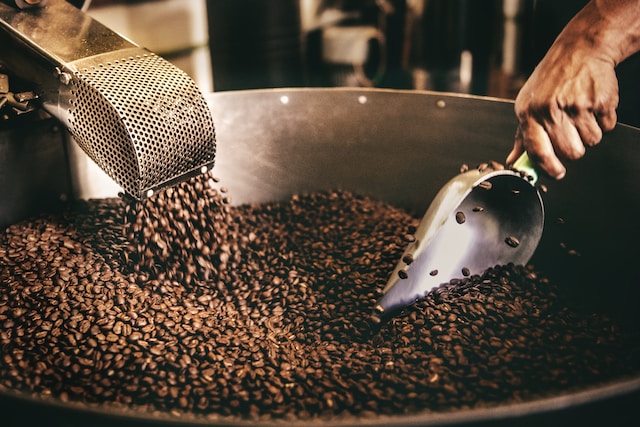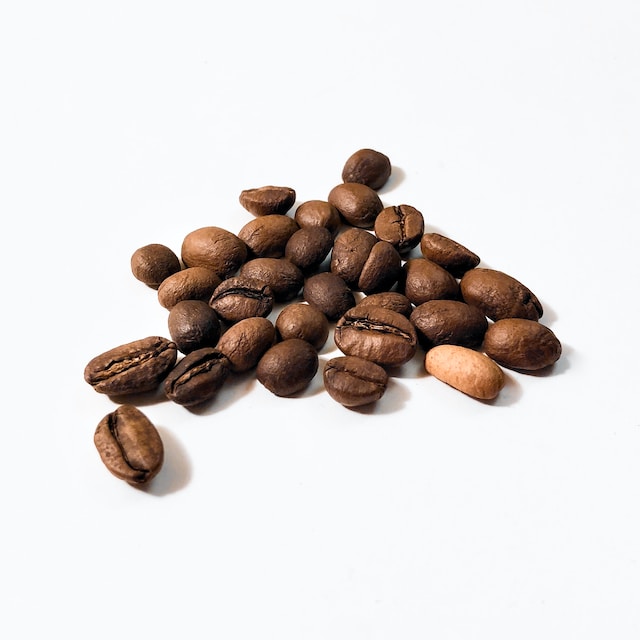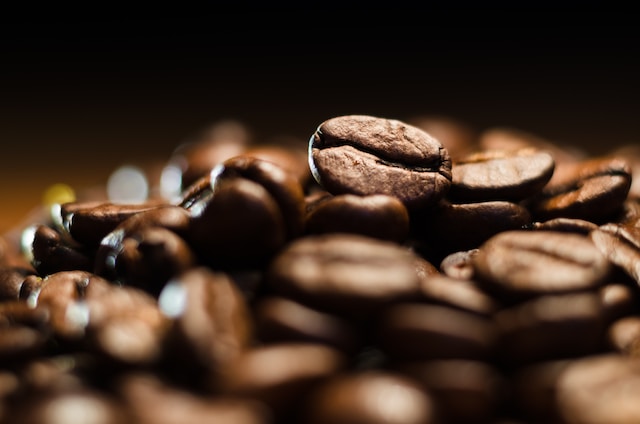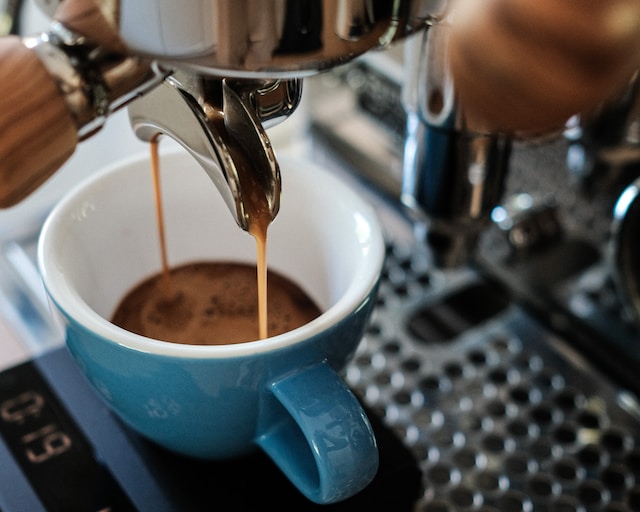Coffee bean roasting stands as an ancient art, honed to perfection over centuries. From the initial green beans plucked from coffee plants worldwide to the aromatic brew we relish, the journey involves a meticulous roasting process. This process, pivotal to the coffee’s ultimate flavor and quality, unfolds through various styles, each offering a distinctive taste profile.
The Coffee Bean Roasting Odyssey: A Snapshot
-
Green Coffee Beans: Origins of Potential Coffee beans embark on their journey as small, green entities harvested from coffee plants across the globe. Post-harvest, the beans undergo sorting and grading before making their way to coffee roasters – the magicians who will metamorphose them into the beloved coffee beans.
-
Roasting Equipment: Tools of Transformation Coffee bean roasting is an art practiced on diverse scales, from small home roasting machines to expansive commercial roasters. Enthusiasts use small machines to experiment with roasting styles, while large commercial roasters cater to coffee shops and roasteries, producing voluminous batches of coffee beans.
-
Roasting Process: A Dance of Heat and Chemistry The heart of coffee bean roasting lies in applying heat to the beans, triggering chemical reactions that birth complex flavors and aromas. As the beans heat up, they change color, release moisture, and undergo expansion and cracking – marked by the crucial “first crack” and “second crack.” These stages signify roasting progress and shape the final flavor.
- Degree of Roast: Deciphering Flavor and Color The degree of roast, determined by roasting time and resulting bean color, is a pivotal factor influencing flavor and aroma. Light roasts, with a short roasting period, exhibit a delicate, fruity profile and a light brown color. Medium roasts, the most common, offer a balanced flavor with notes of sweetness and acidity, featuring a medium brown hue. Dark roasts, with prolonged roasting, boast a bold, smoky flavor, accompanied by a dark brown or black color.
- Cooling and Packaging: Preserving Perfection After achieving the desired roast, beans exit the roaster and undergo rapid cooling using fans or dedicated equipment. Swift cooling halts the roasting process, preventing over-roasting. Once cooled, the beans are packaged, sealing in freshness and flavor within bags or containers.
In Conclusion: Savoring the Craftsmanship Coffee bean roasting emerges as a decisive phase in the coffee-making saga, sculpting the very essence of flavor and quality. Whether your palate craves the delicacy of light roasts or the boldness of dark roasts, comprehending the roasting process empowers you to select beans aligning with your taste preferences. So, as you savor your next cup, take a moment to acknowledge the intricate artistry of coffee bean roasting that has contributed to its creation.





